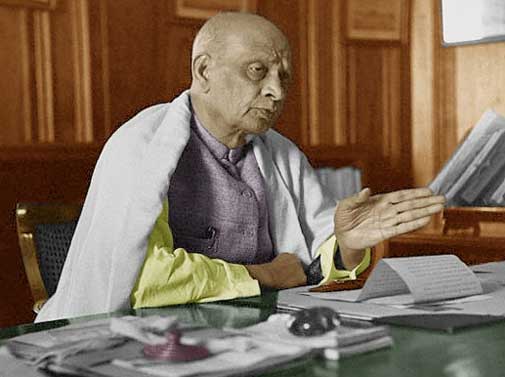
How a CEO Transitioned to Landlord and Accumulated a $10M+ Net Worth Through Earning, Saving, and Investing
In this comprehensive interview hosted by ESI Money, we discover the motivating journey of a man who transformed a family-operated printing and publishing venture into a multi-million-dollar fortune—retiring at 55 to relish family life and meticulously oversee his real estate investments. Offering insights into career trajectories, astute real estate investing, frugality, and strategic planning, the discussion provides readers with a roadmap to wealth building through discipline, tenacity, and flexibility.
Here, we encapsulate the most insightful lessons, financial tactics, and personal values articulated by this self-identified saver, past CEO, and current real estate investor.
Who Is This Millionaire?
– Age: 57
– Spouse: 44
– Married: 13 years
– Children: Two sons aged 6 and 9
– Location: High-cost coastal town in Los Angeles County, CA
– Net Worth: $10.2 million
His financial narrative spans four decades, commencing with a position in his family’s business immediately after college, culminating in a diversified portfolio—primarily focused on industrial real estate—with full retirement achieved by his mid-50s.
The Cornerstone of His Wealth
While he inherited a struggling second-generation company, it was his persistence and business insight that eventually revived it into a profitable enterprise and investing platform.
His wealth is derived from:
– Real estate assets: $11.3M total value (residential and commercial, including a vacation home)
– Roth IRA and cash savings exceeding $400K
– Low liabilities with $1.62M in remaining mortgages
Asset Distribution:
– Commercial income properties: $7M
– Primary residence: $3.25M
– Vacation home: $1.1M
– Cash & Roth IRA: $407K
– Other: Vintage Mustang, boat, and recreational vehicles (not included in net worth)
Career Highlights: Beginning Modestly, Growing Strategically
– Launched in 1990 at a salary of $23,500/year as an advertising sales representative for the family’s trade publication
– Took over a struggling related enterprise at 28 and successfully revitalized it—initially earning just $50,000
– Ultimately managed two printing companies and publications
– Achieved peak earnings exceeding $200,000 in the early 2000s
– Streamlined operations for strategic efficiency, leading to a salary reduction to $150,000
– Retired in 2022, converting properties into rental assets
The Retirement Shift: From CEO to Landlord
After 2022, he transitioned from manufacturing to real estate landlord. Though it presented its own challenges—maintenance expenditures, capex surpassing $500K, legal disputes over tax assessments—the transition proved successful. As of 2024:
– Rental gross income: $389,000
– Net Cash Flow: $206,885
– Taxable Income: $164,000 (offset by depreciation and carry-forward losses)
This new income stream completely sustains his family’s lifestyle and enabled him to leave the workforce entirely.
Spending and Budgeting Philosophy
Despite his wealth, the millionaire has maintained restrained and well-regulated spending. In 2023, his annual household expenses were $150,000, with major categories including:
– Mortgages: $32,000
– Property taxes: $19,000
– Insurance: $20,000
– Golf club membership: $10,000
– Utilities, auto/gas/phones, and all other expenditures: $69,000
Notably, he has never formally budgeted. His philosophy? “Just spend less than you earn—and monitor expenses.” He credits Quicken software for early financial tracking and emphasizes that he has consistently lived below his means, avoiding lifestyle inflation.
Saving Secrets and Frugality
– Saved 50-57% of income during peak earning years
– Lived off the income from his first job; saved all earnings from his second
– Purchased a house in 1999 for $692K—now worth over $3M
– Avoided debt while consistently prioritizing savings
– Leveraged company benefits—free vehicles, gas, and cell phone
On Investing: Control and Real Estate Concentration
Contrary to many millionaires who invest in stocks and IRAs, he advocates for hands-on control:
– Primarily invested in his own business and real estate
– Collaborated with a family member to lease equipment to the company
– Maintains that acquiring business real estate fosters long-term wealth
– Retirement shift involves overseeing two commercial industrial properties
He remains cautious regarding risk: his most significant investment loss was $200K in a brother-in-law’s failed endeavor, and a devastating fire destroyed a family vacation home during renovations. However, these challenges have only reinforced his conviction in owning real, manageable assets.